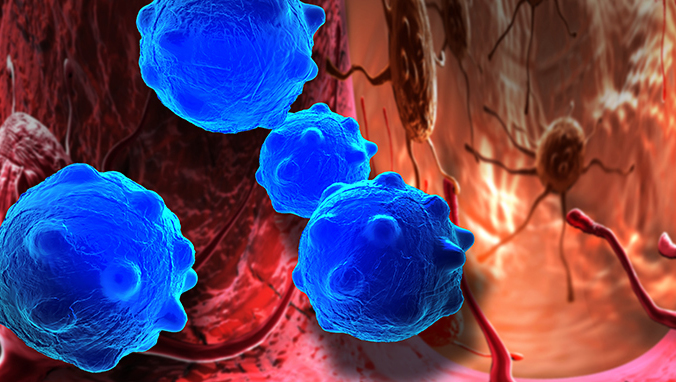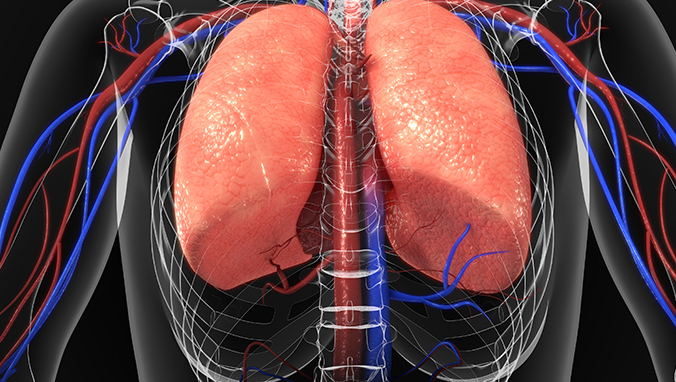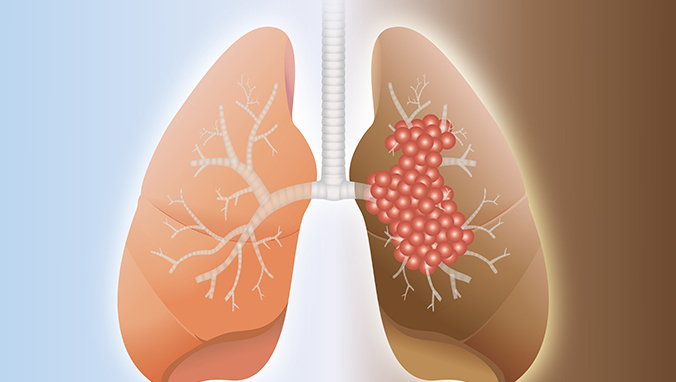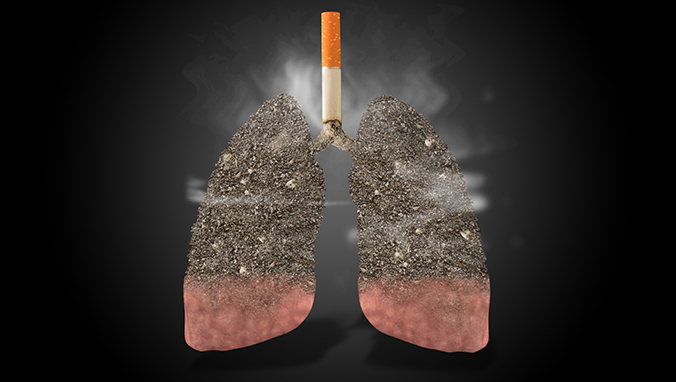Chronic Obstructive Pulmonary Disease and Lung Cancer: A Story from Quantitative to Qualitative
Epidemiological studies clearly point out that COPD is a high-risk factor for lung cancer, especially emphysema type COPD. In non-smoking lung cancer patients, the proportion of COPD is 10%, and 12% of smoking lung cancer patients are combined with COPD.
How does COPD cause lung cancer?
Lung cancer is essentially a genetic disease caused by germline mutations inherited from the parents’ reproductive system and acquired external stimuli. Somatic gene mutations (somatic mutation), the abnormality of cell proliferation and differentiation caused by the joint action, which manifests as growth and fatal invasion and metastasis that are not controlled by the body.
Previous studies have shown that COPD and lung cancer share some innate susceptibility genes. These genes are often related to the development and differentiation of lung tissue. Congenital defects in genes lead to abnormal lung tissue regeneration and regeneration ability, which is normal The destruction of alveolar structure (emphysema), in severe cases, promotes abnormal cell differentiation and formation of tumors.
On the other hand, faced with the invasion of external environmental factors (bacteria, viruses, PM2.5 foreign bodies, etc.), COPD patients have a special inflammatory response pattern, which is often more intense than ordinary people, and repeated inflammation damage is inevitable With the repair of tissues, the number of local stem cell proliferation and differentiation has increased significantly, and the probability of error in stem cell division has increased year-on-year, which means that the frequency of gene mutations that cause canceration increases, and the risk of lung cancer increases, similar to a quantitative change to qualitative change. process.
How to prevent lung cancer
1. Prohibit and control smoking: Prohibit and control smoking, we must first focus on reducing the proportion of smokers in the population, we need to formulate certain laws or regulations to restrict people , Especially restricting youth smoking.
2. Control air pollution: do a good job in environmental protection and effectively control air pollution, so as to achieve the purpose of preventing lung cancer. It is recommended that patients with COPD should take protective measures and prepare anti-haze masks.
3. Occupational protection: For mining areas where radioactive ore is mined, effective protective measures should be taken to minimize the amount of radiation to workers. Workers exposed to carcinogenic compounds must take effective labor protection measures to avoid or reduce contact with carcinogenic factors.
4. Prevention and treatment of chronic bronchitis: Because the incidence of lung cancer in patients with chronic bronchitis is higher than those without chronic bronchitis, active prevention and treatment of chronic bronchitis has certain significance for the prevention of lung cancer. In particular, it is necessary to persuade smokers suffering from chronic bronchitis to quit smoking, because the incidence of lung cancer in people who suffer from chronic bronchitis and smoking is higher.
5. Early detection, early diagnosis and early treatment: The screening methods for early lung cancer are still unsatisfactory. The cost of screening lung cancer in the population is very expensive, and it may reduce the mortality of lung cancer. Sex is very small. Carcinoma in situ has a 100% cure rate, and the five-year survival rate of stage one lung cancer is as high as 80%. The gold standard for lung cancer screening is still annual low-dose spiral CT screening, but CT radiation damage itself is the cause of lung cancer.
National Disease Prevention Services Task Force (USPSTF, U.S. preventive services task force) predicts that if half of the population in the United States over the age of 50, annual annual low-dose spiral CT screening, the incidence of lung cancer in the United States will increase by 2%. It is therefore recommended that the annual lung cancer CT screening is limited to high-risk groups of lung cancer: age 55-75 years, smoking 30 pack years, and quitting smoking for less than 15 years.
Related Articles

- First-line chemotherapy for squamous cell carcinoma
- Squamous cell carcinoma is abbreviated as squamous cell carcinoma, also known as epidermal carcinoma. It is a malignant tumor that occurs in epidermal or accessory organ cells. Cancer cells
- 2020-08-02

- What does negative gene test for lung adenocarcinoma mean
- This depends on the specific problem. The occurrence of many diseases is related to genes, which determines the occurrence of diseases, as well as symptoms, prognosis, etc. Gene sequence de
- 2020-07-30

- What to pay attention to after lung adenoma
- Pulmonary adenoma is a very serious disease. Once this disease occurs, it needs to be actively treated. Surgical treatment is a very effective method for treating lung adenoma, but the pati
- 2020-07-27

- Is advanced chemotherapy for lung adenocarcinoma useful?
- People with lung cancer have a lot to do with their usual lifestyle habits, so it is necessary to seize the time of treatment. If it is late, it will be very difficult to treat, but cancer
- 2020-07-26

- What are the genetic tests for lung adenocarcinoma
- Genetic testing Why do cancer patients need to do? Perform genetic testing before treatment, mainly to identify which targeted drugs this patient can take. So what are the most useful types
- 2020-07-25

- Is lung infiltrating adenocarcinoma serious?
- Suffering from invasive adenocarcinoma of the lungs is very serious. In the advanced stage, it will cause great pain to the patient''s body, so everyone must go to the hospital for
- 2020-07-25
